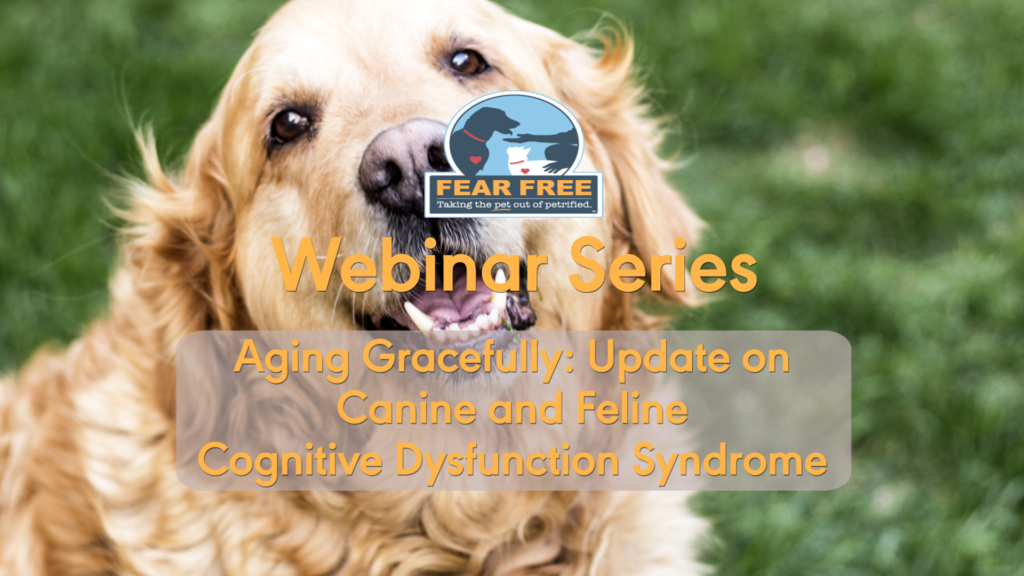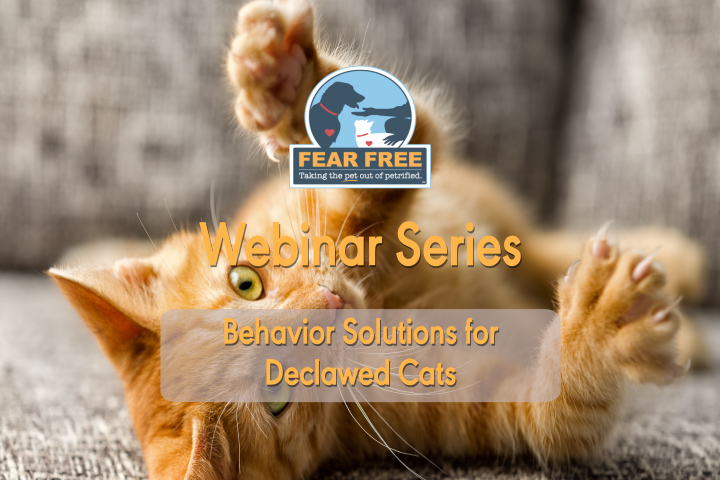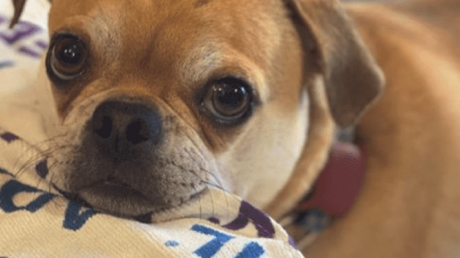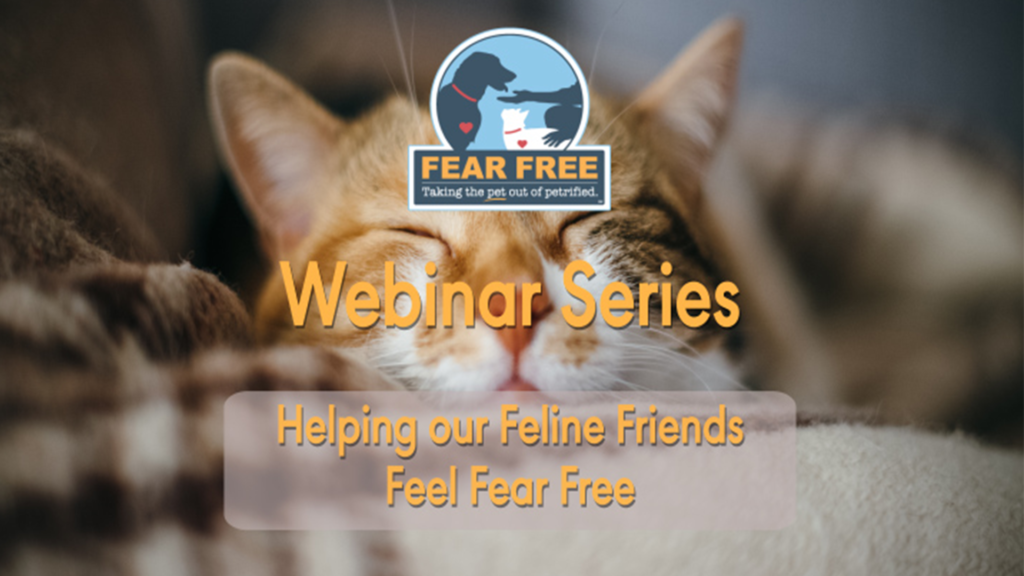Could you use some Fear Free help with your most difficult pet-sitting clients? Help is here from Fear Free’s lead animal trainer Mikkel Becker! You know the pets we mean—the picky ones, the “unpillable” ones, the ones who are pretty sure those ear drops will kill them. What pet sitter hasn’t felt their stomach drop when those pets are on the schedule?
In this recorded webinar, Mikkel Becker covers:
- Safe, easy administration of topical and oral medications
- Setting up the pet’s environment for success
- Effective use of distraction techniques
- Performing husbandry care tasks
- Reviewing Fear Free approaches
About the Presenter
Mikkel Becker is a certified trainer, dog behavior counselor, and the lead animal trainer for Fear Free. From early life it was undeniably clear that Mikkel’s number one focus was always going to be animals.
Mikkel’s childhood consisted of two joys; horses and dogs. Her training career started early with help from her childhood dog, a Wire Haired Fox Terrier named Scooter, who delighted in fun games like running in the opposite direction when called, leading the neighborhood bark patrol and terrorizing other dogs in a blaze of terrier-fueled fury. But where frustration created what could have been rifts the size of the massive holes Scooter dug in the yard, pure love was able to bridge those gaps and create a wiser, more resilient child and dog who together became grand champions in 4-H obedience. Unlike many children her age, Mikkel traded sports and other hobbies to instead chase after blue ribbons at horse shows and memories on trail rides. Her special passion was taking horses who were deemed less suitable by others and revealing the true champion inside.
In pursuit of formal animal training education, Mikkel graduated from the rigorous San Francisco SPCA Dog Training Academy with Jean Donaldson (earning a Certificate in Training and Counseling; CTC), the Karen Pryor Academy (becoming a Karen Pryor Certified Training Partner; KPA CTP), the Purdue Dogs and Cats Course, and Mikkel shadowed Dr. Nicolas Dodman at the Cummings School of Veterinary Medicine. Mikkel’s favorite educational experience was providing enrichment and positive reinforcement guidance to orangutans at Jungle Island in Miami. Along with her growing knowledge, Mikkel achieved other certifications, including becoming a Certified Behavior Consultant Canine (CBCC-KA), a Certified Professional Dog Trainer (CPDT-KA) and a Certified Dog Behavior Counselor (CDBC).
Locally in the Seattle area Mikkel is the dog and cat behavior counselor at Homeward Pet Adoption Center, resident trainer for veterinary behaviorist, Dr. Wailani Sung, and a trainer at Doggy Haven Resort.
When it comes to home life, Mikkel’s four-legged pug kids were eventually joined by a now seven year old daughter, Reagan, who is blossoming into her own rights as a trainer (Reagan’s current passion project is taming farmyard chickens and goats and pursuing ambitions to run an animal rescue and become a veterinarian like her Papa, Marty). Today, Mikkel’s family lives in in a country getaway space outside of Seattle along with the family’s cherished pug genius, Willy who charms guests with his arsenal of tricks and delights in giving his version of wet willy’s with his surprisingly long, frog-like tongue.
Mikkel recently co-authored “From Fearful to Fear Free: A Positive Program to Free Your Dog from Anxiety, Fears, and Phobias” with Dr. Marty Becker, Dr. Lisa Radosta and Wailani Sung.








